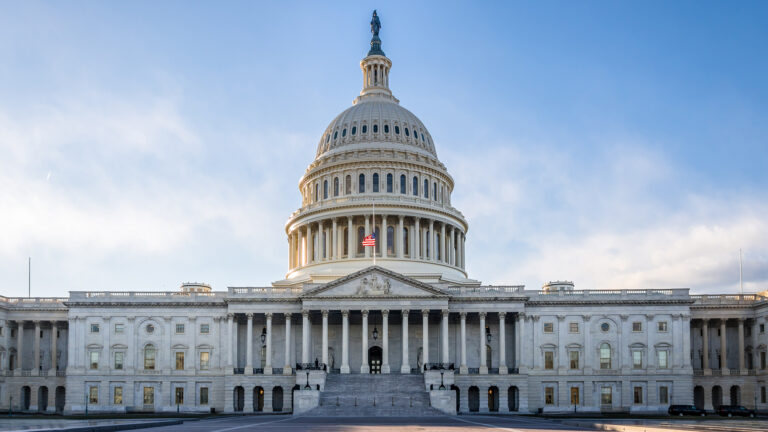By Nick Hedley
Foreign portfolio outflows from Asia ex-China reached $25
billion in June – the largest outflow since the height of the pandemic in March
2020, according to Khoon Goh, head of Asia research at Australia-based
financial services group ANZ.
This brought total outflows for the first half of 2022 to a
record $71.9 billion, Goh said in a research note, adding that withdrawals from
equity markets accounted for the lion’s share. Taiwan saw the highest equity
sales by foreign investors, although the sell-off was broad.
The U.S. Federal Reserve raised rates by 75 basis points in
June in an effort to clamp down on inflation, and further steep rate hikes are
expected.
“Increased investor anxiety over the Fed’s aggressive
tightening path and the negative growth implications were the main drivers
behind the large outflows from Asia, with a strong U.S. dollar also
contributing, Goh said.
Economists at Dutch financial services group ING said
in a research note that investors now expect another 75 basis point rate hike
by the Fed in late July.
ING expects this to be followed by 50 basis point hikes in
September and November, with a final 25 basis point hike in December.
“Recession risks linger with rate cuts our base case for
summer 2023,” ING said.
Goh said that despite the large outflows from Asia so far
this year, there are still no real signs of a turnaround.
“Economic growth in Asia has held up relatively well so far,
but markets are focused on the rising risks of a U.S. recession and the implications
for Asian growth. We expect volatility in portfolio flows to persist over the
medium term until there are clear signs that U.S. inflation has peaked and
there is higher certainty on the terminal rate for Fed funds.”
He noted that Chinese stocks bucked the trend in June, with net
northbound inflows of $10.9 billion via Stock Connect channels.
“An easing in lockdown restrictions, new fiscal stimulus
measures, and accommodative monetary policy helped attract the return of inflows,”
he said.
However, Goh sees downside risks to China’s economic
recovery in the second half, and this will weigh on general sentiment towards
Asia.












